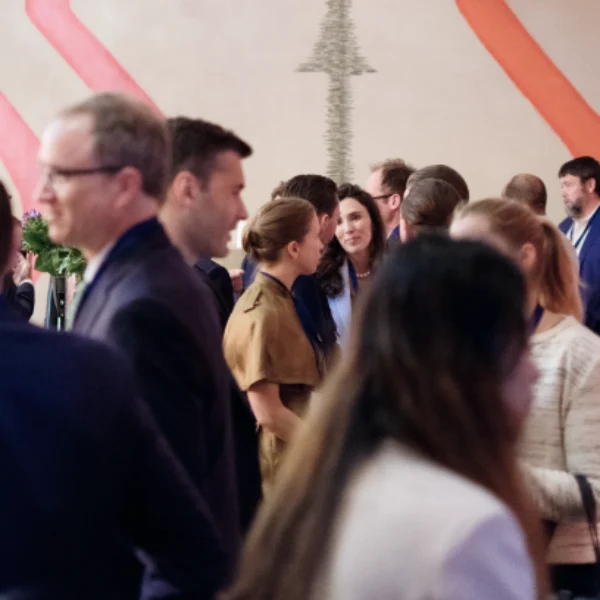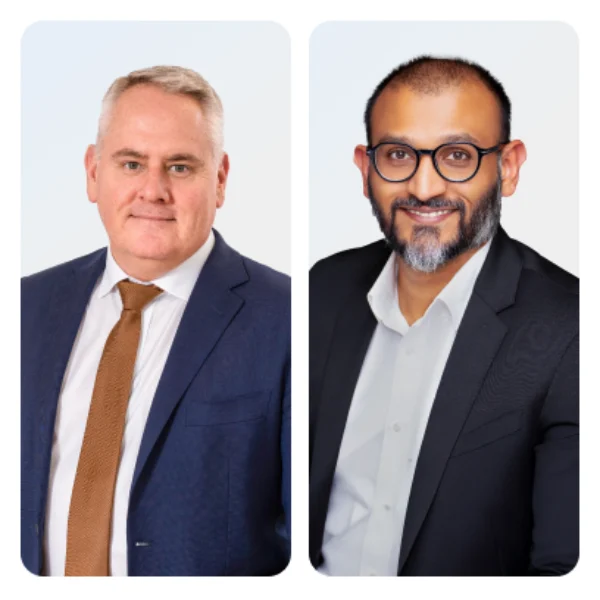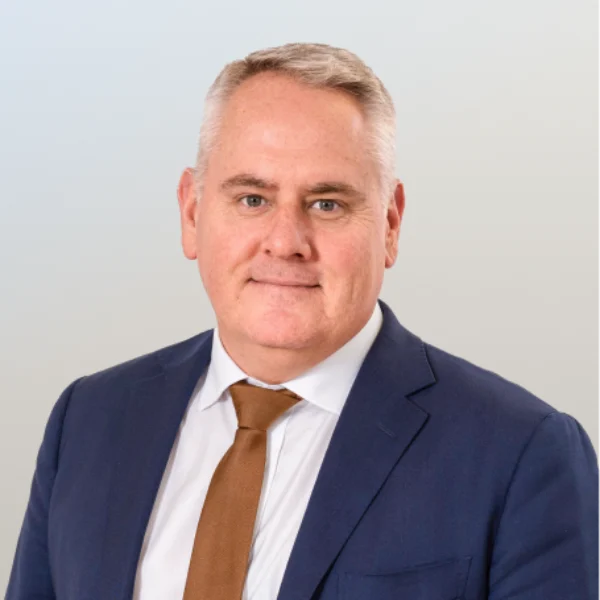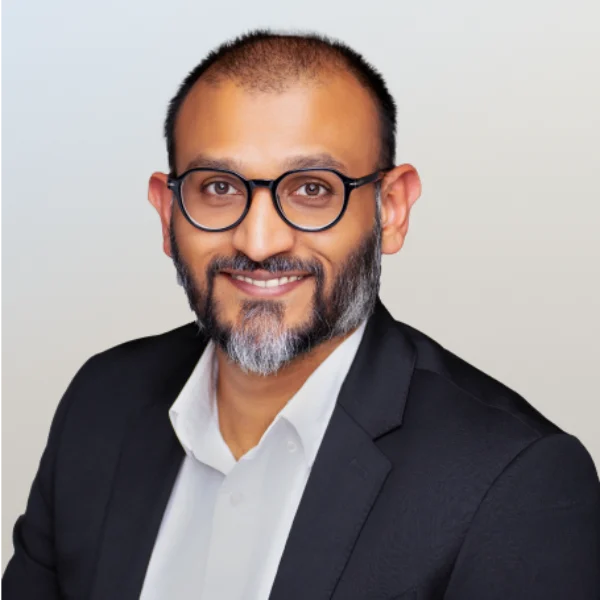Conceiving, constructing and operating Queensland’s largest battery storage campus
Meet the creators
21 August, 2025
Supernode is a unique project. How did you devise the concept of a battery storage project at this scale?
Brian:
The original concept was developed in true Quinbrook style – by challenging common practices.
Before Supernode, most batteries in Australia were built in solar farms in regional areas with plenty of space – but there’s a big downside to that.
I was having coffee with our Co-Founder, David Scaysbrook, one day, and we were talking about this downside. The grid connections in regional locations are poor, and they’re far from their main customer bases, which are generally in cities and industrial areas.
When you transport energy from the generator to the customer, some of that energy is lost due to electrical resistance and heat. Generally, the longer the distance, the greater the loss. That energy loss is measured as marginal loss factor (MLF).
In regional or more remote areas, the MLF may be 0.9. That means you’re paying 10% more every time you charge the battery. Then when you’re discharging, you lose 10% of your revenue as losses in getting the energy to customers in cities or industrial areas. It’s inefficient.
That’s when the discussion got interesting.
‘Well, where’s the best place to put a battery?’
‘Next to the central node where the marginal loss factor is one. In Queensland, that’s the South Pine substation.’
‘Well, let’s build battery storage there’ – and we are.
That discussion, and Quinbrook’s ability to deliver, is a hallmark of Quinbrook’s differentiator as a specialist clean energy investor. We know our markets and the best solutions required for them.
What makes South Pine such an important strategic site?
Brian:
South Pine, as the central node for Queensland, is the regional reference point for defining MLF across Australia’s Sunshine State. It has a marginal loss factor of one, making it the best strategic site in Queensland for battery storage.
It’s an extremely stable location in the grid with multiple high voltage connections coming into that one location and 4,000 megawatts of spare capacity. That’s around four times the capacity we need in a location for our fully-constructed four stages of battery. Normally, in a regional location spare capacity is a fraction of this.
South Pine is near Queensland’s capital city, Brisbane, where much of the load would occur. The land was already zoned for industrial uses and was code-accessible for a battery.
What did you see at the biggest risk for the project?
Brian:
Sometimes when you go out to market to find partners for offtake – defined as the long-term contracted revenue for energy supply – there are no offers. That’s always a risk.
For Supernode, we received twice the volume of offers versus the capacity we had, in effect, two bidders for every stage. That has been genuinely positive for us for this site.
What were the challenges?
Brian:
Working with the available land, expensive industrial land (vs farmland), was a difficult constraint. Given the value of the location, our aim is to maximise the megawatts we get from every small piece of land.
What was the solution for this site?
Rahul:
We needed a design that would maximise the energy output from the land available, so we worked closely with the supplier, CATL, to identify a way of increasing the density compared to their standard battery storage products.
The solution we developed allows us to keep the battery containers back-to-back, much closer to each other than standard applications that require clearance between units. The design also separates inverter and battery enclosures, which we believe is inherently safer than designs where these components are installed close together within the same enclosure.
As a long-term owner and bringing our expertise to the table with the supplier, we were able to apply proven technology in an innovative way so we can achieve best value outcome, safely and reliably.
What factors would determine success of similar projects elsewhere?
Rahul:
It comes down to market need.
In the case of Supernode, this need was clear.
The closer you can be to the end user, the more valuable the storage asset. The best sites will be at or close to a congested node, where you can secure land for storage to bridge the gap between generators and end users. All those factors play into the value assessment.
Regulatory and commercial frameworks are another consideration. Australia allows bilateral engagements for energy supply but that’s not always the case in other markets. Ultimately, each market is different and our deep knowledge across global regions helps us determine what suits each location.
Success ultimately hinges on a holistic, adaptive approach—one that integrates technical and commercial expertise with regulatory frameworks while remaining responsive to evolving market dynamics and stakeholder expectations.



